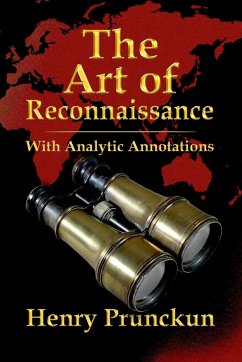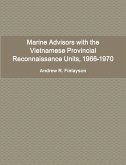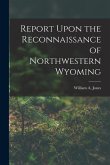In 1907, then-Major-General Sir David Henderson, wrote this watershed military text on reconnaissance. But, perhaps because the topic of reconnaissance was a bit obscure, it never gained the circulation that Sun Tzu's "The Art of War" enjoyed. Nevertheless, militaries still have reconnaissance units and this activity has been used in every major conflict since Henderson fought in the Second Boer War (1899-1902). Although Henderson's text is grounded in a form of warfare that is no longer practiced - horse mounted operations - the principles and practices of the art can be applied in the modern context. Prunckun's analytic annotations of "The Art of Reconnaissance" shows that not only is the art that Henderson espoused over a century ago still relevant, but his scientific way of thinking on the topic has been incorporated into different aspects of present-day intelligence gathering.
Hinweis: Dieser Artikel kann nur an eine deutsche Lieferadresse ausgeliefert werden.
Hinweis: Dieser Artikel kann nur an eine deutsche Lieferadresse ausgeliefert werden.








